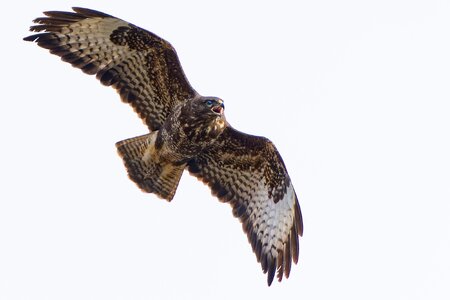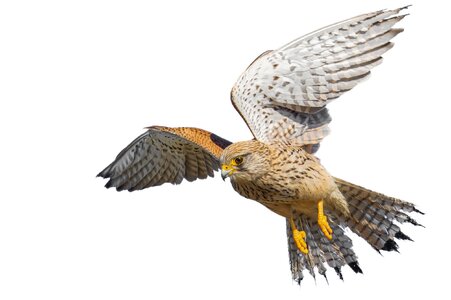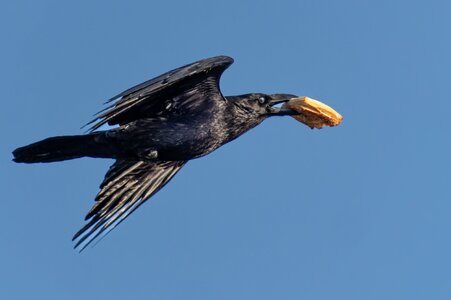Site Supporter
- Followers
- 14
- Following
- 0
- Joined
- Oct 28, 2020
- Posts
- 3,402
- Likes Received
- 5,634
- Name
- Gary
- Country
- United Kingdom
Yep it could be Tim I have the shot when the bird lands and that is very similar the sky looks a bit falseShots are great, what is a bit bothersome about the blue tit is so little contrast between the subject and background. They're too similar in color.







